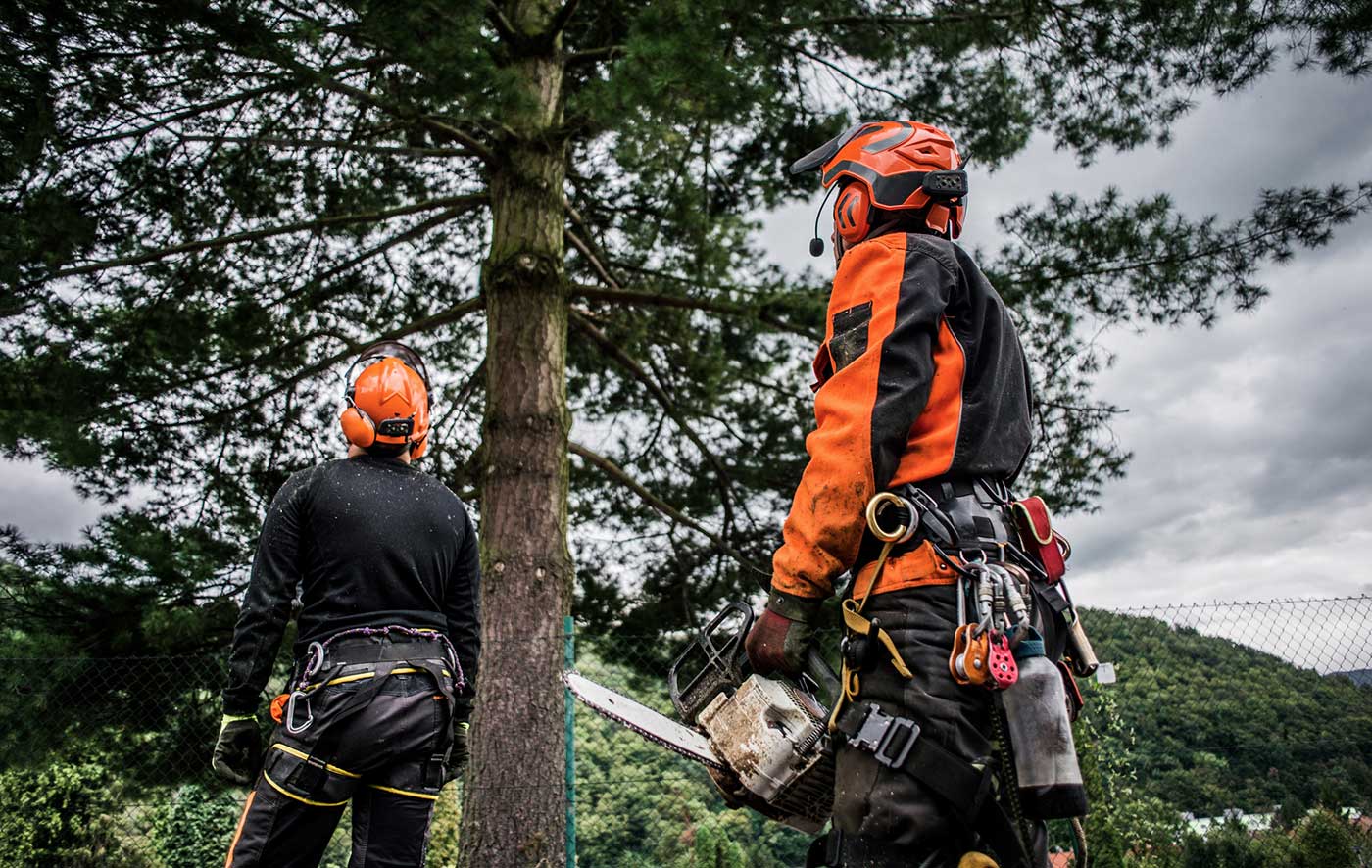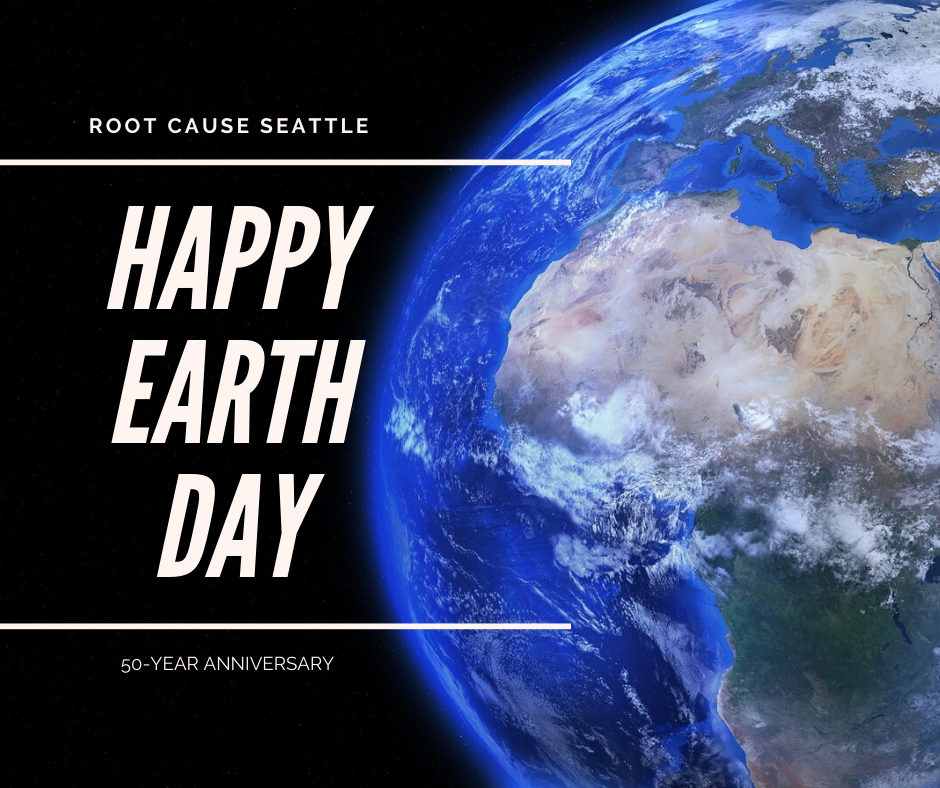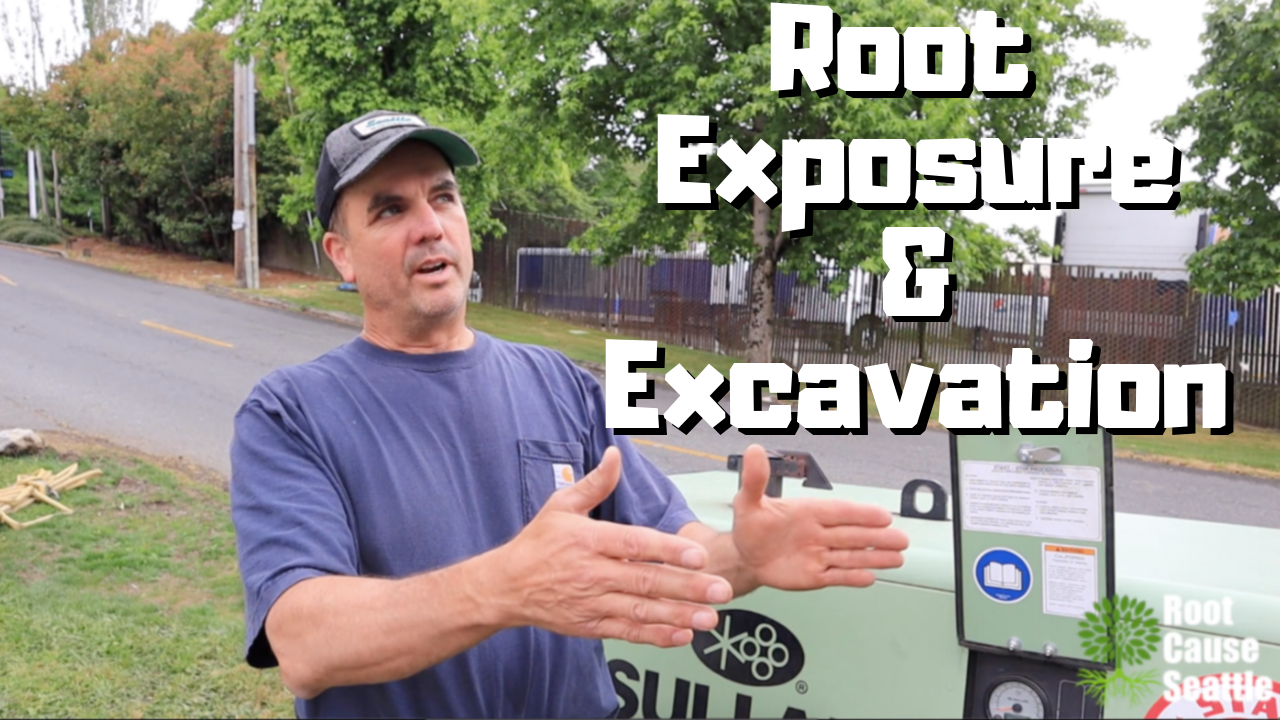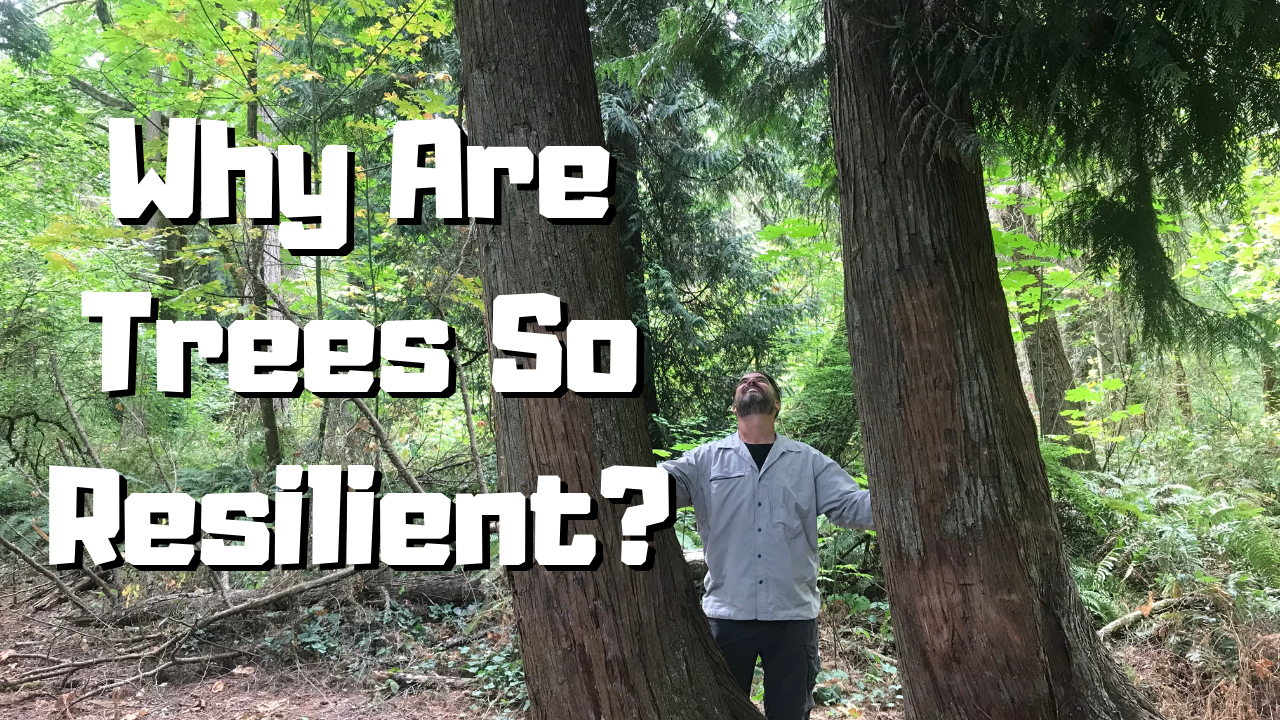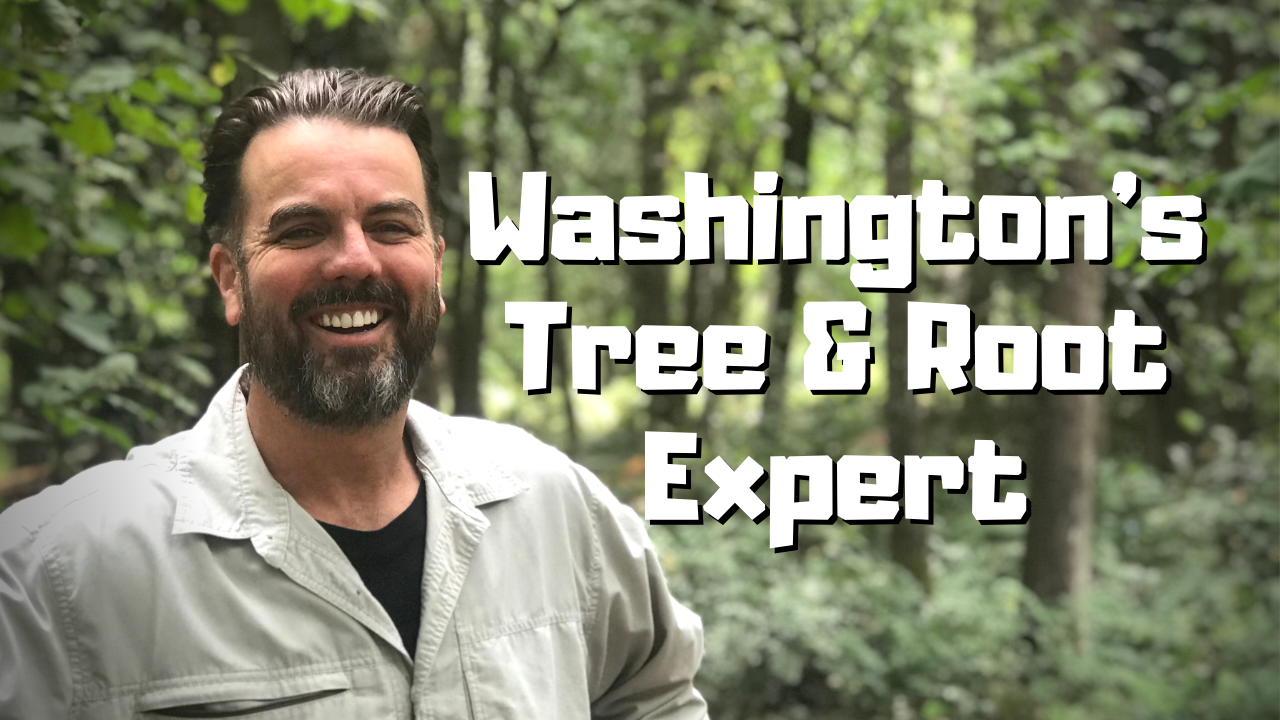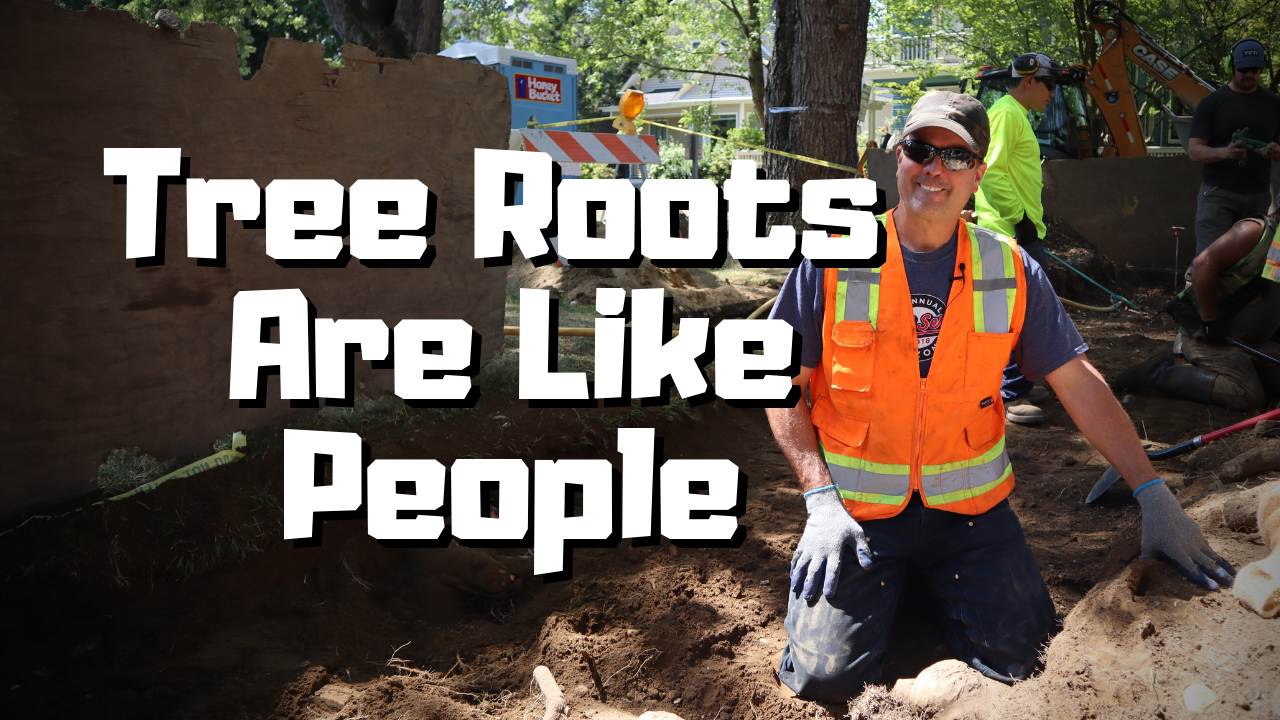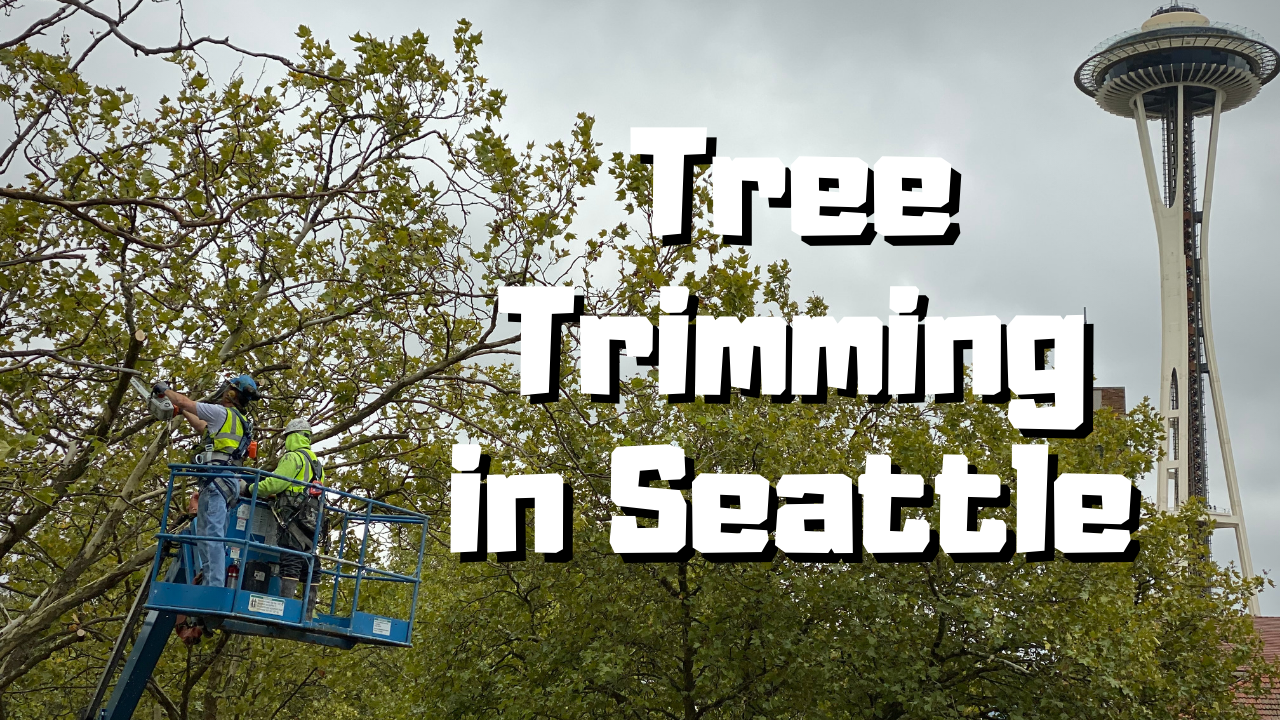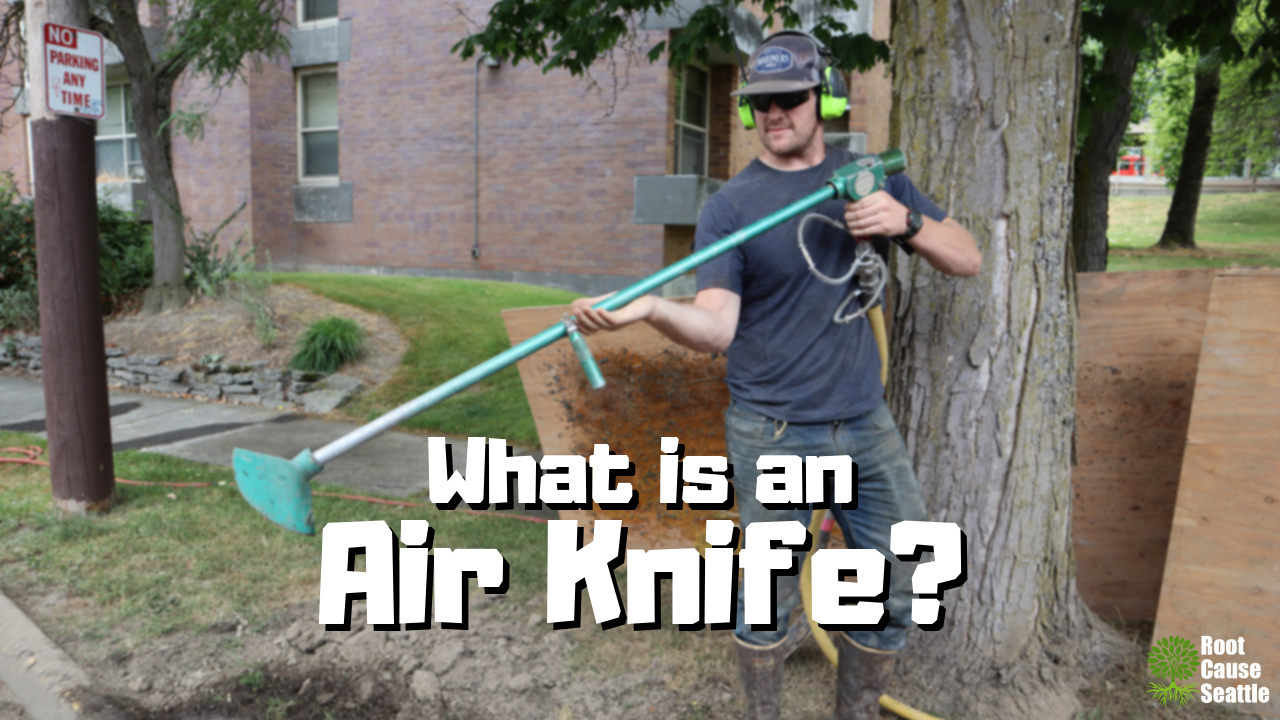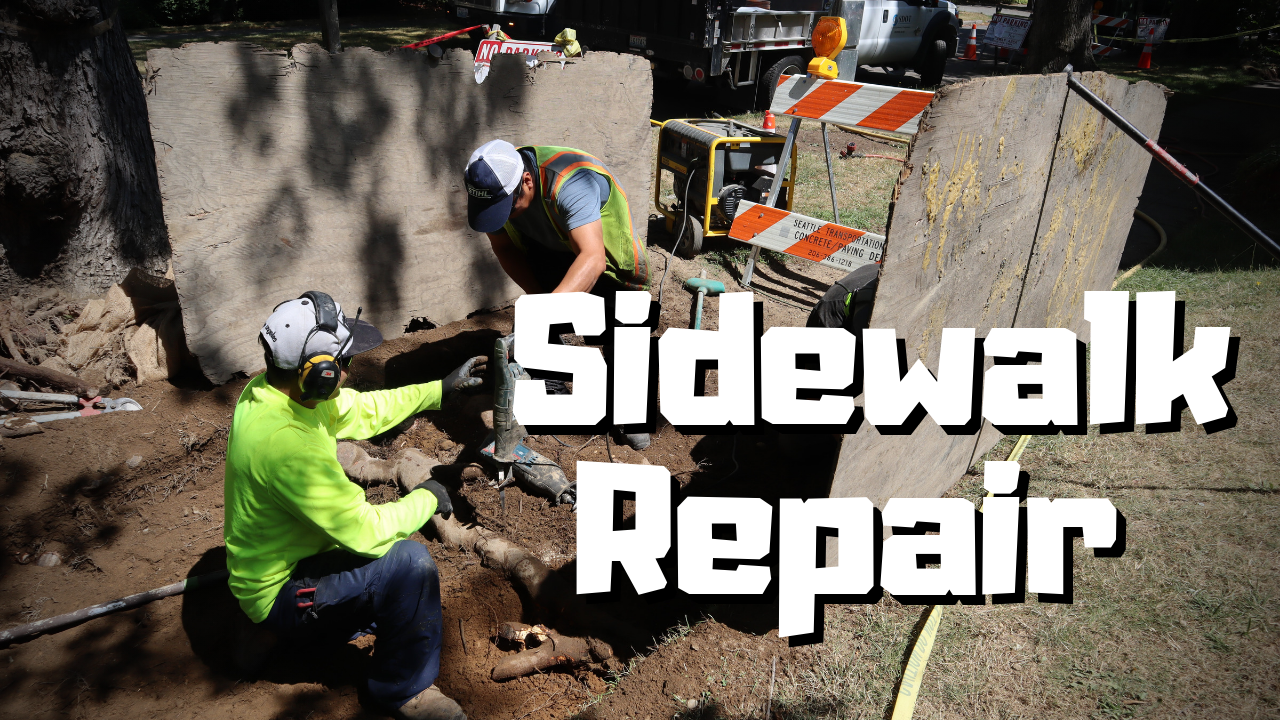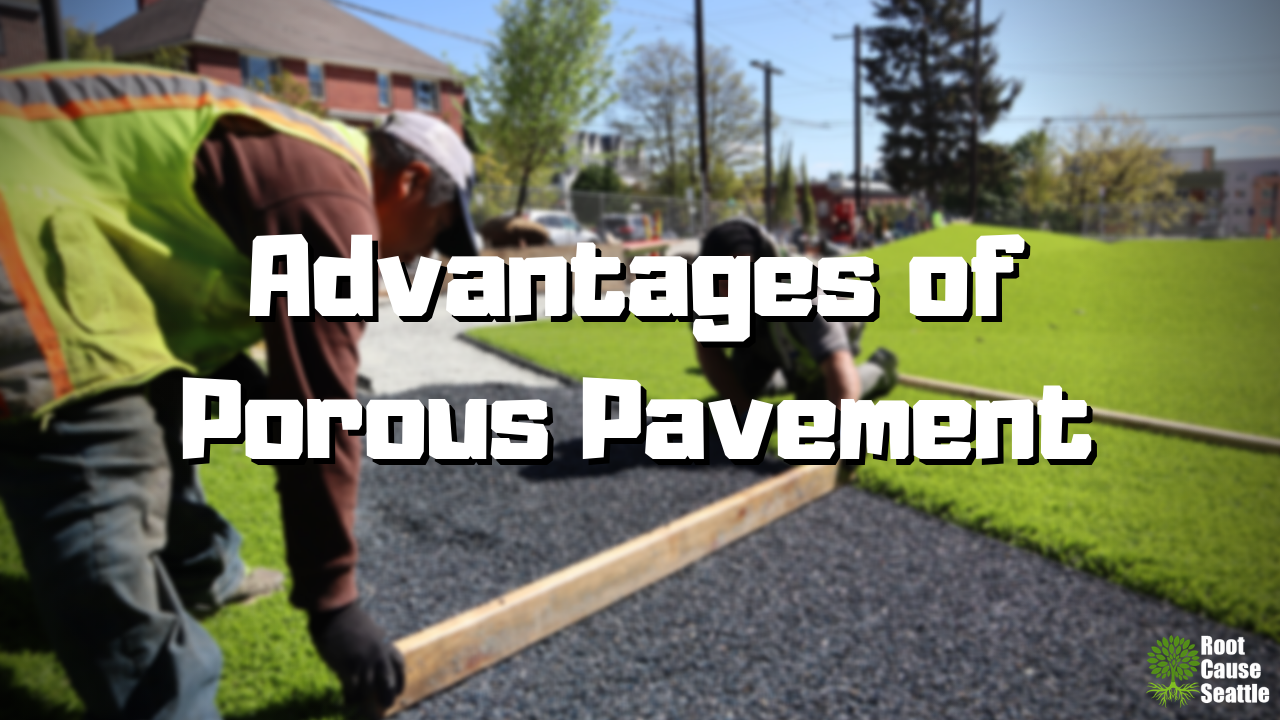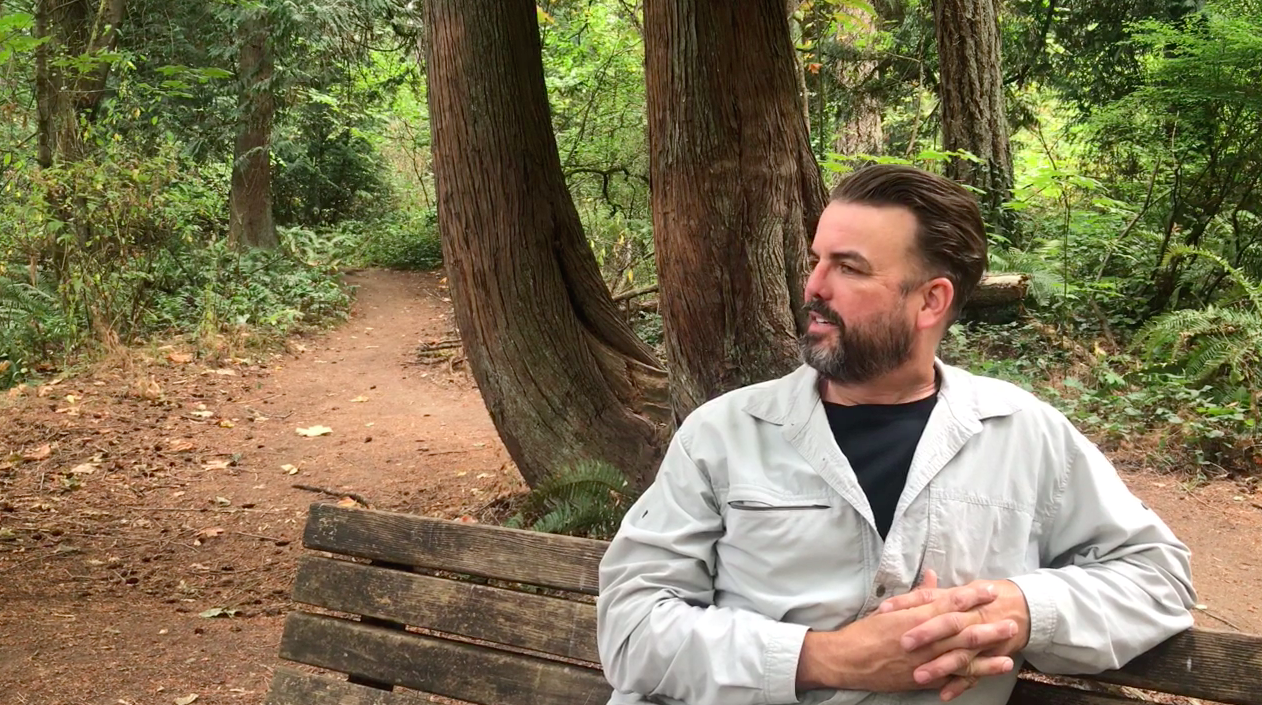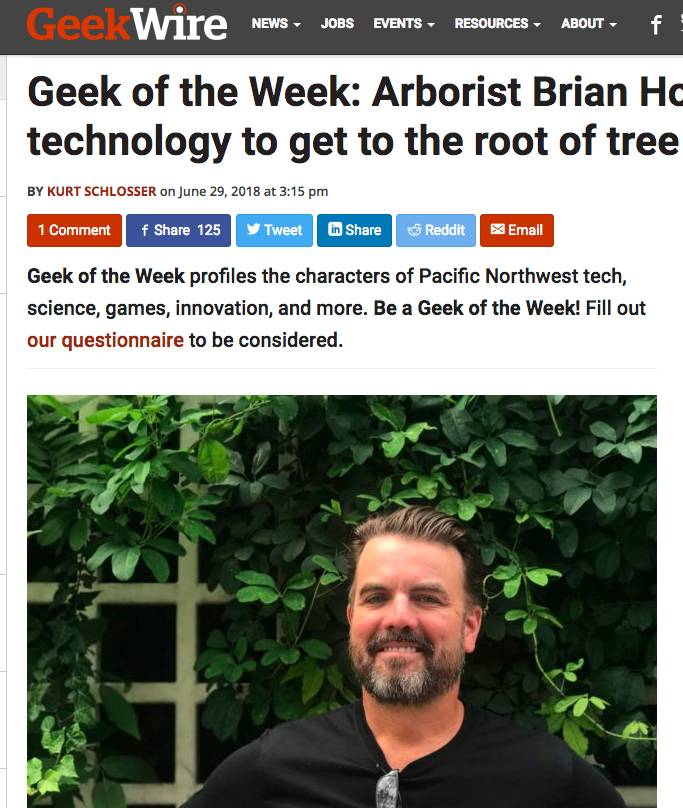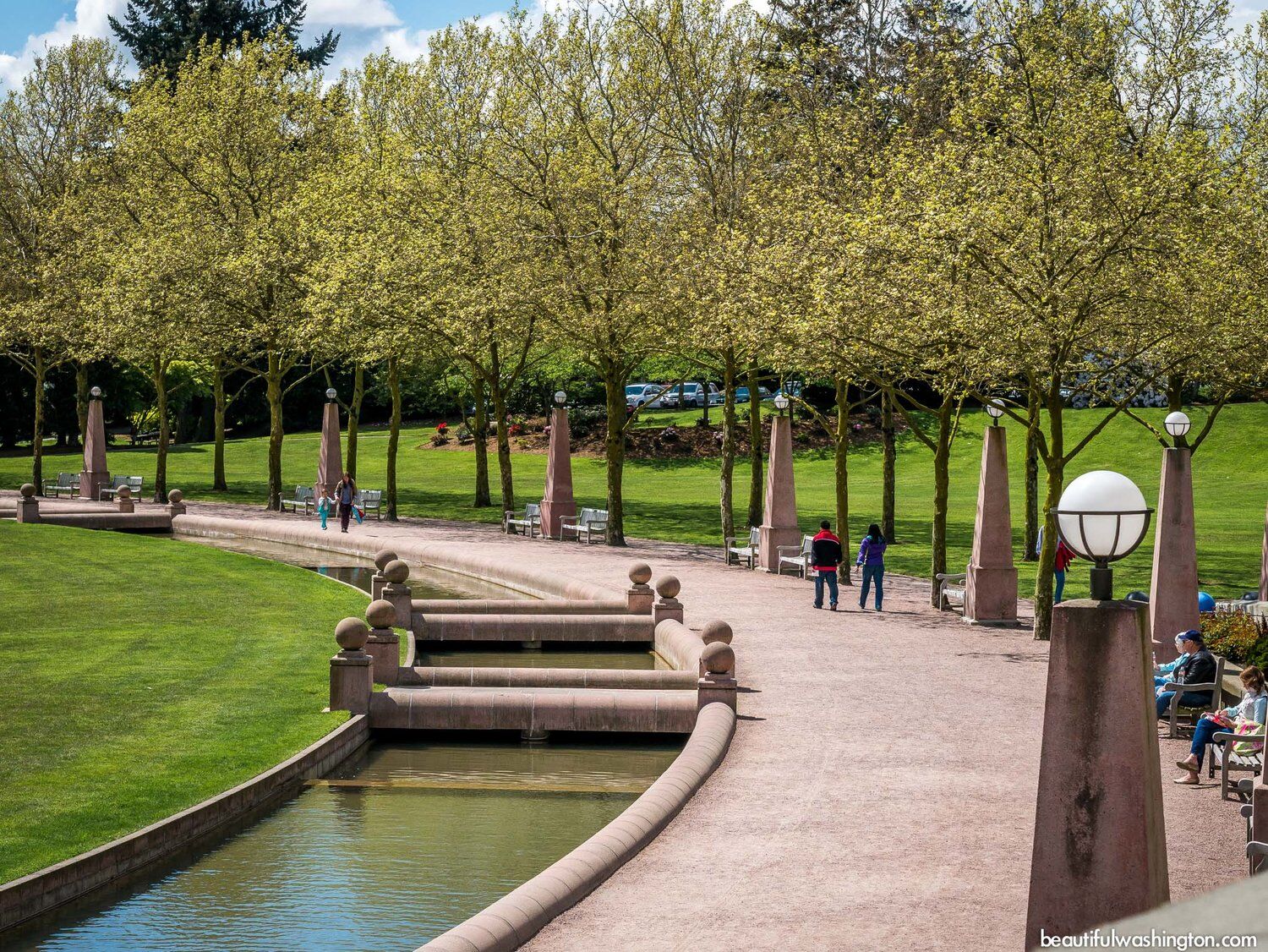The world is becoming increasingly urbanized and according to the United Nations, 54% of the world’s population now lives in cities, which is expected to increase to 66% by 2050. As cities grow, it’s important to ensure they are sustainable and livable places for residents. Protecting and expanding urban forests is one way to make cities more sustainable. Trees provide many benefits to cities, including reducing air pollution, providing shade and cooling, absorbing stormwater,
FACTS ABOUT EARTH DAY 50TH ANNIVERSARY – 04/22/2020 1. Earth Day was created in 1970 by Wisconsin Senator Gaylord Nelson. 2. During the first Earth Day in 1970, an estimated 20 Million people participated in protests, demonstrations, fundraisers, nature walks, speeches, concerts, and every sort of civic gathering imaginable at colleges, public squares, and parks across the United States. 3. Choosing the day of April 22nd was a calculated choice to maximize participation from college
The City of Seattle asked us to evaluate two specific trees just south of the I-90 and I-5 intersections. Currently, the trees are next to a sidewalk that turns inward to form a lane for buses to park. They were wondering how much the can bring the curb back before it interferes with the tree roots. We got on site and first realized we didn’t have enough water, so we retrieved more hoses to keep
In Arboriculture, we learn that trees are very different from people because they can compartmentalize their problems. Brian investigates the bark of a giant tree on Mercer Island, Washington. The bark protects the tree, but this tree has a central decay problem building up. Brian points out how the tree can shut down that part of the the bark, shed it, and grow new healthy bark.
The City of Seattle had a question for us regarding a sidewalk and bus lane they were moving and whether or not the two surrounding trees would be affected by the moving of the bus lane. We brought in an AirKnife to remove the top soil to exposure the tree roots. From there we took pictures and provided analysis on the situation if the tree was able to be pruned, or even possibly removed to
Brian Holers is the Founder of Root Cause Seattle. He has been providing tree services since 1987. He has been an ISA Certified Arborist since 1997. Root Cause specializes in underground tree services. We provide tree protection on construction sites, root pruning for sidewalk repair, and are certified porous pavement installers. If you have any issues related to trees and their roots, we be happy to help solve your problem. Root Cause Seattle, tree care
We like to joke that Tree Roots are like People in two silly ways. 1) Trees will eat and grow as much as possible in the attempt to get as big as possible. 2) Tree Roots are lazy. We always find these knots in the roots because trees like grow where it is easiest to grow. When we expose the roots underground, we alwasy find something different. They will exploit any voided space in the
Trimming is important to sustain the health of trees, particularly in this case, around power lines and other utility equipment. In this week’s project, Brian was responsible for pruning a group of London Plane Trees in preparation for new utilities to be installed on the street. They will be bringing in a 40 foot drilling rig into the location so it is our job to make sure we safely remove enough branches to create space
The Supersonic Air Knife is the solution for digging around buried tree roots that you want to keep safe during excavation. Shovels, axes and picks can damage what’s underneath a tree because we tend to not know what is there. It’s preferred to use the AirKnife (also known as an Air Spade) with wet soil to prevent dust from spreading. The nozzle at the end of the tool is designed to disperse and break apart
This pocket park in Yesler Terrace was one of the most complicated projects we’ve ever done. We are installing porous pavement on the walking paths which are separated by mounds for kids to play on. Our work is the third and final stage of the installation meaning we needed to work around these preinstalled mounts that created uneven services and alternated width between sections of the path. To add on top of that, the project
Tree Roots and Sidewalks are natural enemies! Whenever the two are in close proximity, there are going to be problems. We were called into a project in the Capitol Hill neighborhood for this sidewalk repair project. Our job was to assess what roots we can remove while keeping the tree healthy and upright. When we remove old damaged pavement, you can learn a lot about a tree and its history (some would call struggle) in
Porous pavement is a permeable surface composed of open-pore pavers, concrete, or asphalt, stone, and glue. Permeable pavement catches rain water and surface runoff, allowing it to slowly percolate into the soil below. The most common uses of permeable pavement are parking lots, low-traffic roads, sidewalks, and driveways. The advantage of using Porous Pavement (Porous Asphalt or Porous Concrete) is that your typical concrete will not allow rainwater to pass through the surface. This creates
we were asked to install a walking path of Porous Pave in a complex crisscross patten for Seattle Housing Authority. The walkway sits at the base of some “turf mounds”, designed as a park amenity for kids to run up and over. These mounds have a concrete base underneath, which means all the rainwater that falls on them is directed to the footpath below. Processing rainwater onsite, and keeping it out of the storm drain
We are always impressed by the access to nature here in Seattle. Our CEO, Brian Holers, was on a project on Mercer Island and he realized how different life can be just 50-100 yards from the busy highway. It’s quiet, peaceful, calm, and beautiful. We maintain an urban forest for this exact reason. It creates an opportunity for all of us to stay connected with Mother Nature and the natural wonder of plants and trees.
City trees need a sufficient soil volume in order to grow to a certain size. A tree never stops growing, but if it does, it will die. The process of growing, even a tiny bit, is a stressful process and the amount of soil the tree is planted in makes a huge difference. This week Brian was out on Mercer Island evaluating the health of multiple trees that line a major street.
“It’s not easy being green.” These words were made famous by Jim Henson’s iconic frog, but also ring true for our city trees. The stoic sentinels that line our streets and dot our parks are in danger, and tree advocate and arborist Brian Holers is trying to make it a little easier to be green. Holers started the company Root Cause to promote the survival and wellbeing of city trees through arboriculture. This task is
Geek of the Week profiles the characters of Pacific Northwest tech, science, games, innovation, and more. “When he was growing up, Brian Holers had a love for the outdoors — fishing, playing baseball, running through cornfields and climbing trees. That last passion eventually led him to where he is today… As an arborist certified by the International Society of Arboriculture, Holers now runs Root Cause from his home base in Mercer Island, Wash. He provides services using modern
Alison Morrow of King5-TV met up with Brian in Belltown while installing new Porous Pavement around trees on 2nd Ave. Check out their video below or visit their website here: https://www.king5.com/video/news/local/porous-pavement-saves-seattles-trees/281-8129551 SOURCE: HTTPS://WWW.KING5.COM/ARTICLE/TECH/SCIENCE/ENVIRONMENT/PO
The Root of the Problem In September 2016, the general contractor responsible for redeveloping Bellevue Downtown Park in Bellevue, Washington, contacted Root Cause LLC to help protect its trees. The project involved overhauling the park’s land, completing a half-mile long circular walkway around the park and building several children’s playground structures. Lying at the edge of downtown Bellevue, Bellevue Downtown Park is an approximately 20-acre park that welcomes hundreds—and at times, thousands—of people per day
Back in January, we were tasked of installing new porous pavement around a pair of trees just two blocks away from Pike Place Market in Downtown Seattle. The struggles with working downtown include narrow sidewalks, a busy lunch rush and of course, dealing with the cold, rainy weather. This pavement installation spanned the course of a few days from when we first removed the top soil from the original tree pit. After removing a few


